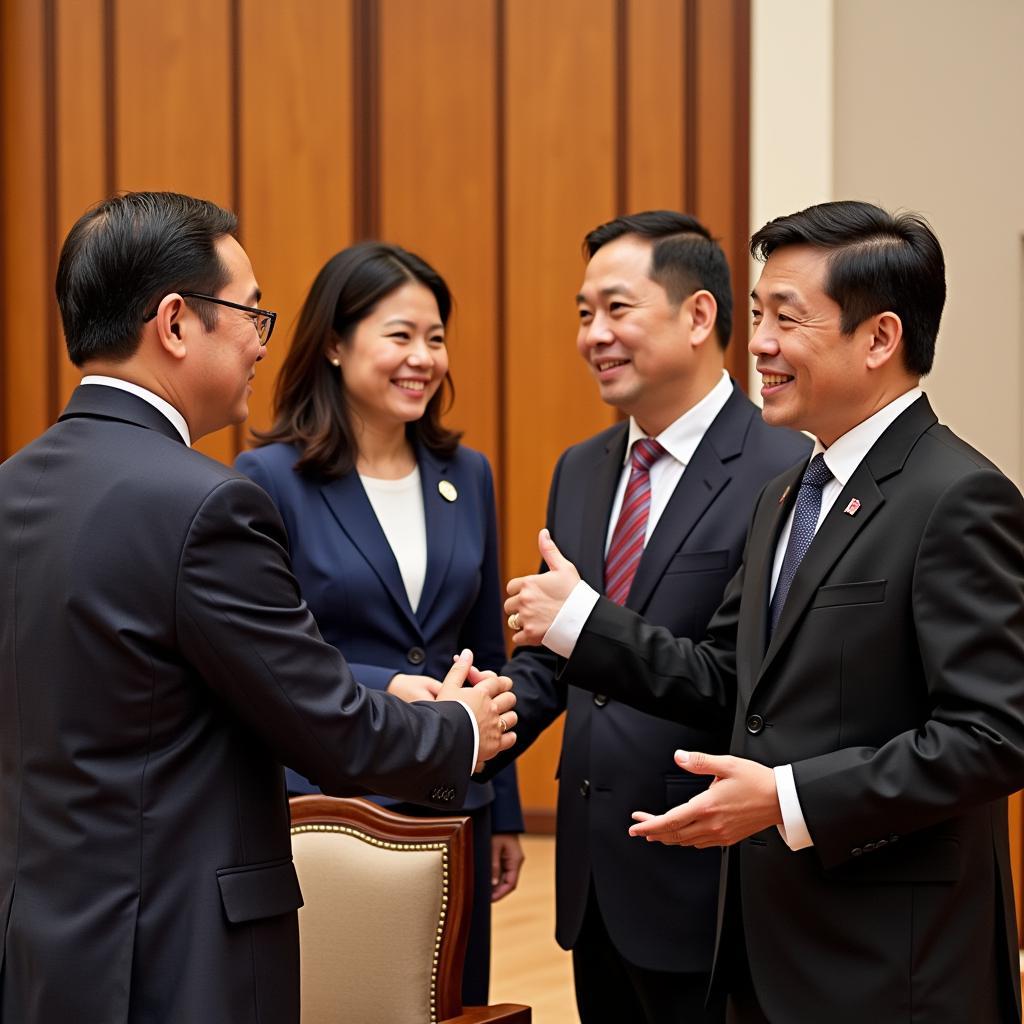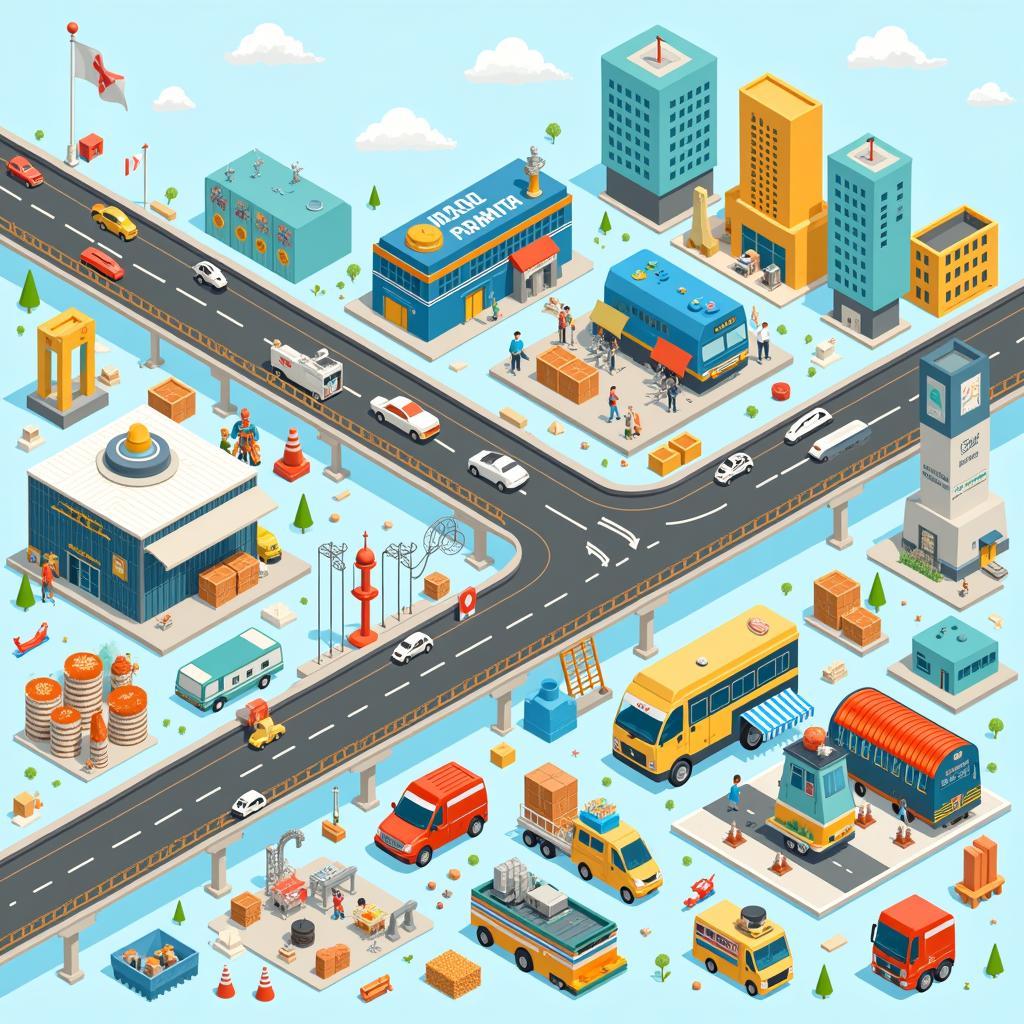This comprehensive guide will delve into the answers to frequently asked questions about ASEAN, focusing on Chapter 38 of your textbook. We’ll uncover the key concepts, challenges, and opportunities within the ASEAN framework, helping you navigate this complex yet fascinating region.
Throughout this article, we’ll explore the core themes of ASEAN, offering in-depth analysis and insights to empower your understanding. Let’s dive in and unlock the secrets of this dynamic Southeast Asian bloc.
What is ASEAN and What Makes it Unique?
ASEAN, the Association of Southeast Asian Nations, is a regional organization comprising ten Southeast Asian countries: Brunei Darussalam, Cambodia, Indonesia, Laos, Malaysia, Myanmar, the Philippines, Singapore, Thailand, and Vietnam. This diverse group of nations has come together to promote regional cooperation, economic growth, and political stability.
ASEAN’s uniqueness lies in its commitment to:
- Promoting regional peace and security: ASEAN actively fosters dialogue and cooperation to address regional disputes and maintain stability.
- Accelerating economic growth and development: The organization facilitates trade and investment, supporting economic growth for all member nations.
- Promoting social and cultural development: ASEAN emphasizes cultural exchange and understanding, fostering a sense of regional identity.
- Strengthening cooperation in various sectors: This includes areas like education, health, tourism, and disaster management.
Key Concepts Explained: What to Know About ASEAN’s Structure and Functions
Understanding ASEAN’s structure and functions is crucial for comprehending its role in the Southeast Asian landscape. Here’s a breakdown of the core aspects:
1. The ASEAN Charter: Guiding Principles and Framework
The ASEAN Charter, adopted in 2007, lays down the organization’s core principles, objectives, and mechanisms. It serves as the foundational document for ASEAN’s governance and operations.
2. The ASEAN Secretariat: Facilitating Cooperation and Administration
Based in Jakarta, Indonesia, the ASEAN Secretariat plays a critical role in coordinating, implementing, and monitoring ASEAN’s programs and activities. It provides administrative support, technical expertise, and communication channels for member nations.
3. ASEAN Regional Forum (ARF): Fostering Security Dialogue
The ARF is a significant platform for security dialogue and cooperation in the Asia-Pacific region. It brings together 27 countries, including ASEAN members and other major regional powers, for discussions on various security concerns.
4. The ASEAN Free Trade Area (AFTA): Promoting Trade and Investment
AFTA aims to create a free trade area among ASEAN member states, eliminating tariffs and promoting trade liberalization within the region. This initiative fosters economic growth and development, supporting cross-border trade and investment.
5. The ASEAN Economic Community (AEC): Integrating Economies for Growth
The AEC aims to establish a single market and production base within ASEAN, promoting economic integration and driving regional competitiveness. It focuses on areas like trade, investment, labor mobility, and infrastructure development.
6. The ASEAN Political-Security Community (APSC): Promoting Peace and Stability
The APSC emphasizes regional security cooperation, promoting peace, stability, and conflict resolution within the region. It aims to strengthen the ASEAN community by addressing security challenges collectively.
Understanding the Challenges and Opportunities of ASEAN in Chapter 38
Chapter 38 of your textbook likely explores the challenges and opportunities that ASEAN faces. Let’s dive into these crucial aspects:
1. Challenges Faced by ASEAN
- Diverse Development Levels: ASEAN members have varying economic and social development levels, making it challenging to implement uniform policies and strategies across the region.
- Political Tensions: Territorial disputes and internal conflicts within some member nations can create tension and hinder regional cooperation.
- External Influences: ASEAN must navigate the complexities of external influences from major powers, balancing its interests with its commitment to regional cooperation.
- Economic Integration Challenges: The path towards a fully integrated economic community faces hurdles, including regulatory differences, trade barriers, and infrastructure gaps.
- Environmental Challenges: ASEAN nations face environmental challenges like deforestation, pollution, and climate change, requiring collective action for sustainability.
2. Opportunities for ASEAN in the 21st Century
- Growing Regional Demand: Southeast Asia’s growing population and expanding middle class present a significant opportunity for ASEAN to capitalize on rising domestic demand.
- Global Trade and Investment Potential: ASEAN’s strategic location at the heart of Asia makes it attractive for trade and investment, linking it to major economies across the continent.
- Innovation and Digitalization: ASEAN can leverage its technological capabilities and digital infrastructure to drive innovation, create new opportunities, and enhance competitiveness.
- Sustainable Development Goals: ASEAN’s commitment to achieving the Sustainable Development Goals (SDGs) provides an opportunity to address pressing environmental and social challenges.
- Regional Cooperation and Integration: By deepening regional cooperation and integration, ASEAN can leverage its collective strengths to address challenges and seize opportunities.
 ASEAN Regional Cooperation
ASEAN Regional Cooperation
The Future of ASEAN: Looking Ahead to a More Integrated and Sustainable Future
As ASEAN navigates the challenges and opportunities of the 21st century, its future holds both promise and uncertainty. The organization must continue to work towards:
- Strengthening regional cooperation: Enhancing collaboration between member nations, sharing resources and expertise to address common challenges.
- Promoting economic integration: Advancing the ASEAN Economic Community (AEC) to facilitate trade, investment, and labor mobility, fostering regional competitiveness.
- Addressing security challenges: Strengthening security cooperation and conflict resolution mechanisms, addressing threats to peace and stability within the region.
- Promoting sustainable development: Implementing policies and initiatives to address climate change, environmental degradation, and social inequalities.
- Engaging with the world: Strengthening ASEAN’s global partnerships and role in international affairs, advocating for regional interests and contributing to global solutions.
Frequently Asked Questions: Unlocking the Secrets of ASEAN
1. What are the key achievements of ASEAN?
ASEAN has achieved significant progress in fostering regional cooperation, economic growth, and political stability. Key achievements include the establishment of the ASEAN Free Trade Area (AFTA), the ASEAN Economic Community (AEC), and the ASEAN Political-Security Community (APSC). The organization has played a crucial role in resolving regional conflicts and promoting peaceful coexistence.
2. What are the main challenges facing ASEAN in the future?
ASEAN faces a range of challenges, including diverse development levels among member nations, political tensions and conflicts, external influences, economic integration hurdles, and environmental issues. The organization must address these challenges effectively to ensure sustainable growth and stability in the region.
3. How does ASEAN contribute to the global community?
ASEAN actively participates in international organizations and engages in global issues like climate change, sustainable development, and human rights. The organization plays a significant role in fostering dialogue, promoting peace and stability, and advocating for regional interests on the global stage.
4. What is the role of the ASEAN Secretariat?
The ASEAN Secretariat provides administrative support, technical expertise, and communication channels for member nations. It coordinates and implements ASEAN programs and activities, facilitating cooperation and promoting regional integration.
5. What are the future prospects for ASEAN?
The future of ASEAN is promising, with potential for further economic growth, deeper regional integration, and enhanced global engagement. The organization faces challenges, but its commitment to cooperation, resilience, and sustainable development provides a strong foundation for a more integrated and prosperous future.
 ASEAN Economic Community
ASEAN Economic Community
Conclusion: Embracing the Power of ASEAN
ASEAN stands as a powerful testament to the potential of regional cooperation and integration. By understanding its history, structure, challenges, and opportunities, we gain a deeper appreciation for the complexities and dynamism of this vibrant Southeast Asian bloc. As we delve further into Chapter 38, let’s embrace the insights it offers, unlocking the secrets of ASEAN and its profound impact on the world stage.

